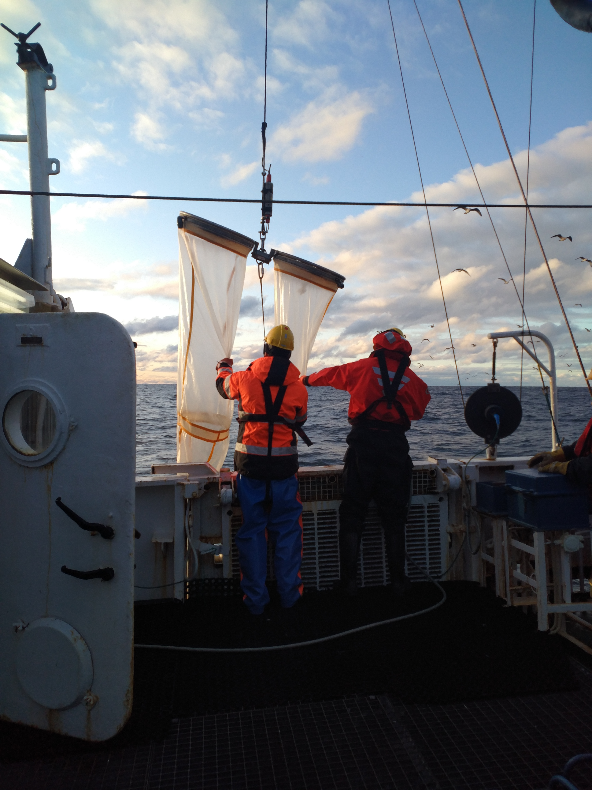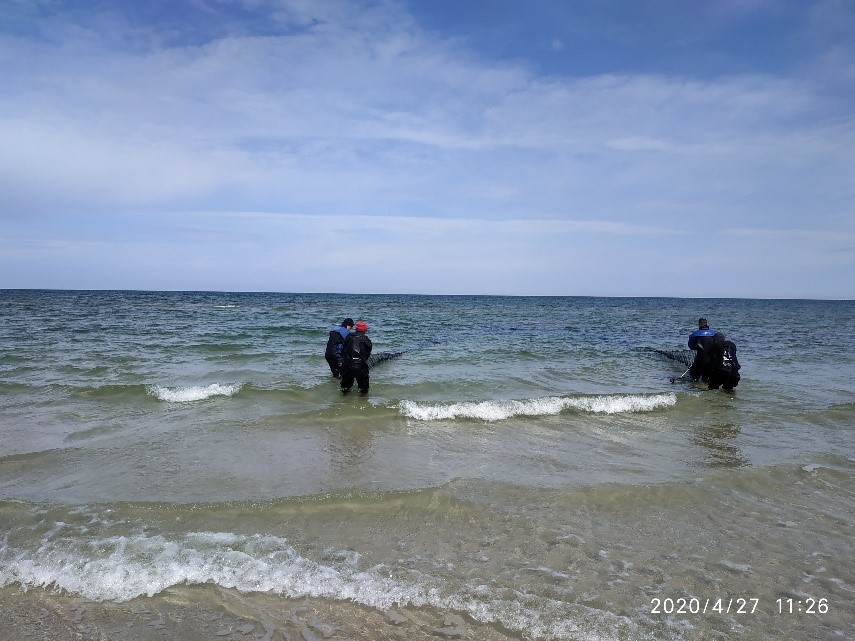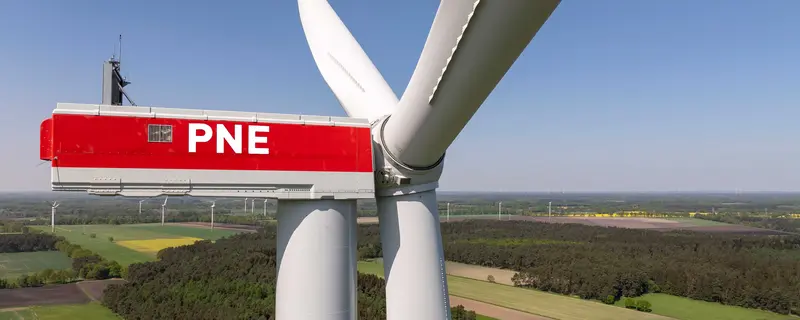One of key steps in the offshore investment process is the characterization of the natural environment. This is not possible without a series of studies of the area of the planned wind farm and connection infrastructure. This is an opportunity to engage with Polish entrepreneurs who can join the offshore supply chain. Such cooperation has been established with local fishermen.
– PGE Baltica, in implementing the Baltica 1 project, places great emphasis on involving Polish research institutions and companies in the development of offshore wind farm projects. We work with Polish entities with international experience, but also with local entrepreneurs who are involved in the maritime industry on a daily basis and have extensive knowledge of it – said Arkadiusz Sekściński, CEO of PGE Baltica. It is worth noting that the conduct of environmental studies for the Baltica 1 project has been entrusted to Polish contractors and subcontractors in 90%.
The main contractor for the study of ichthyofauna has engaged specialists from the National Marine Fisheries Research Institute
– PIB in Gdynia, which cooperates with fishermen in its ongoing research.
Fish surveys are being conducted in the construction area of the planned Baltica 1 farm, along with the surrounding 4-kilometer-wide buffer, and along the corridor that will be used for the transmission cable that will deliver the produced energy to the mainland. Both fish living in the depths of the water (pelagic fish), such as herring and sprat, and fish living at the bottom (demersal fish), which include primarily flatfish and cod, but also some Baltic protected fish (demersal, gobies), are studied. Both adult species and their early life stages: larvae and eggs (ichthyoplankton) are studied.
– During the survey campaigns, conducted four times a year (spring, summer, autumn and winter), surveys are carried out to determine the species composition, abundance, distribution of all components of the ichthyofauna and the fishing efficiency of commercial species. Adult pelagic and demersal fish caught during the research work are subjected to ichthyological analysis allowing to determine their length, weight as well as sex, sexual maturity and the degree of stomach filling determining the intensity of feeding – said Dr. Eng. Tomasz Nermer, Deputy Head of the Logistics and Monitoring Department of the National Marine Fisheries Research Institute.
In the case of early life stages of fish (ichthyoplankton), the length of larvae is measured, which indirectly provides information on the period when reproduction of the species may have taken place.
Due to the peculiarities of the various components of ichthyofauna, different methods of data collection and fishing are used to study them. In the case of pelagic fish, echosounder is used to determine the distribution and surface density of biomass, supplemented by fishing in the depths of the water. Thanks to the catches, we can determine the species composition and proportion of the share of fish in length classes.

Bongo plankton net for catching ichthyoplankton; Photo PGE Baltica
Demersal fish are caught using pond nets, which look like a “wall” or “curtain” floating in the depths of the water. As for ichthyoplankton, due to the very small size of these organisms, their catch is made with plankton nets with a mesh size of 0.3 mm.
In the coastal zone, where shallow depths prevent the use of vessels, fish surveys are conducted using nets that are dragged from more than a meter to shore.
Fishing boats from Ustka and Władysławowo involved in research
National Marine Fisheries Research Institute – PIB in Gdynia conducts the commissioned research, renting two fishing boats from Ustka and one boat based in Władysławowo.
The keelboats have been properly adapted and equipped for their new functions. For the duration of the study, the two units from Ustka were equipped to conduct measurements of salinity
and seawater temperatures. In turn, a fishing echo sounder used for estimating fish stocks using hydroacoustic methods was additionally installed on the vessel from Wladyslawow.
– Establishing contact between fishing vessel owners and the investor can be the first step to further cooperation benefiting both local communities and offshore wind farm operators – added Arkadiusz Sekściński, CEO of PGE Baltica.
The results of the field survey combined with information available in the literature on the ichthyofauna of the Baltic Sea and an analysis of past fishing activity will help determine the conservation value of the area. The collected information will also be used to assess the suitability and use of the area as a feeding base for birds, due to the fact that the fish species present in the project area may provide a food base for them.
Baltica 1 with an installed capacity of approx. 0.9 GW is being implemented by the PGE Group and will come online after 2030. It is located about 80 kilometers from the Polish coast of the Baltic Sea, in the central shoal region. The project already has a location permit and a connection agreement. By implementing more offshore wind farm projects, the PGE Group intends to fulfill its strategic goal of achieving at least 6.5 GW of offshore generating capacity in the Baltic Sea by 2040.
Source: PGE Baltica














